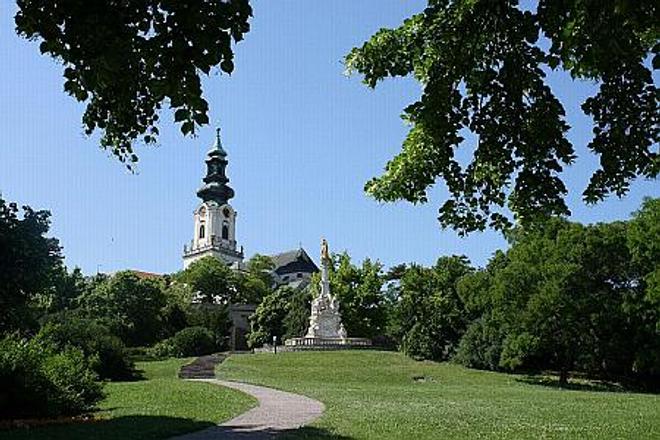Around 1,300 Esperanto aficionados from 60 countries have met up in Nitra, where the 101st World Esperanto Congress was opened on Sunday, July 24. The congress is held every year in a different country. This year it is the first time that it is ever been organised in Slovakia.
“Nitra is the third smallest city in the entire 100 year-plus history of the congress to hold the event,” said Peter Baláž, the preparatory committee chairman, as cited by the TASR newswire.
Although Slovakia is a country with a very small percentage of Esperanto speakers, Slovak Esperanto speakers are among the most active.
“Many Slovak Esperanto speakers are internationally known people who operate in various institutions and in various posts,” said Baláž. “They include editors of foreign media, writers and travellers delivering lectures all over the world. In this sense we definitely belong among the upper half of Esperantists in the world.”
Special stamp
The Esperanto congress has made it also onto a postage stamp. The stamp was issued by the Slovak Post Office (SP), and its nominal value is €1.20. SP officials presented the stamp during the opening ceremony of the World Esperanto Congress, TASR reported.
A special post office box was set up in the hall of the Nitra-based Slovak Agriculture University as well. A conceptual view of communication between people of different nations is the inspiration for the design of the stamp, which represents Esperanto as a universal, international language, SP spokesperson Iveta Dorčáková told TASR.
In all, 300,000 such stamps have been printed. Other products for stamp collectors were issued, including a first day cover and commemorative letter. The first day cover depicts people communicating with each other near Nitra Castle.
Advantages of Esperanto
Esperanto’s vocabulary contains tens of thousands of words, and the Esperanto dictionary includes around 50,000 words.
“The advantage of the language is that people don’t have to memorise every single word thanks to an interesting grammar principle,” said Baláž. “It’s enough to know a word-forming root, and new words are created with the use of prefixes and suffixes. Fifty more words can thus be created from one word. It’s enough to know 3,000 words for ordinary communication in Esperanto,”
The history of Esperanto dates back to the 19th century. Polish doctor Ludwik Lejzer Zamenhof came up with the idea of creating an international language. Although no country has accepted Esperanto as an official language, it’s used by a community of around two million people worldwide. Esperanto in Slovakia took off in 1907, when the first Esperanto textbook in Slovak was published thanks to Albert Škavran.



 Nitra Castle crowns a hill above the city centre. (source: Michal Halama)
Nitra Castle crowns a hill above the city centre. (source: Michal Halama)